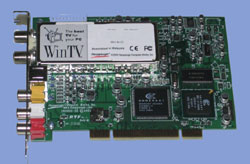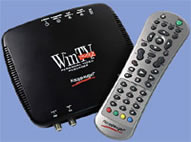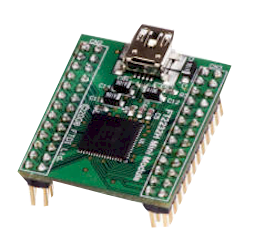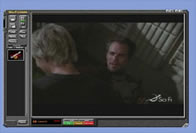
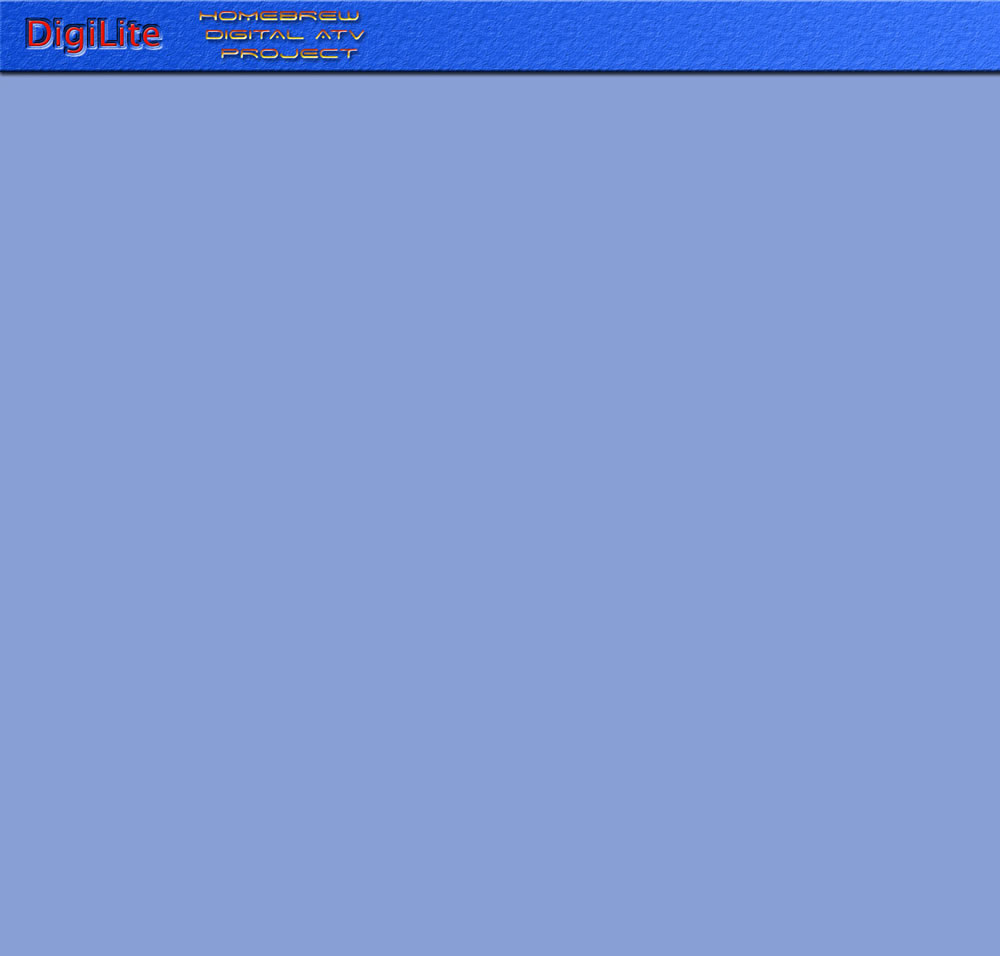


An outline of the DigiLite Software Design and Functioning
by its author:
Brian G4EWJ
Recording program
GBPVR is a free PVR (personal video recorder) program. Versions up to 1.4.7 have been used successfully. The later version called NextPVR is not suitable. GBPVR requires a certain standard of video graphics card to run, even if you do not actually want to watch the video on that PC. Older graphics card may have problems.There is a setup help page on SOFTWARE sub-page 2.
If the file has a .ts tag instead of .mpg you must change settings as you will not get the DigiLite software to use it.
Conversion program
DigiLite Transmit is the program that reads the recorded data from hard disk immediately it has been written. The data is in Program Stream format, which is very similar to the format used on DVDs. The video and audio are extracted and converted into DVB-S transport stream format, which is the format used by European broadcasters to deliver standard definition programs via satellite. This means that a cheap FTA (free to air) satellite box may be used to receive the transmission. Other data is placed in the transport stream such as date and time, channel name, program name and EPG info. The transport stream data is sent to the serialiser via a USB port.
Configuration
Config is the program that is used to set the symbol rate and FEC and also the channel name and program details. Settings are stored in the Windows registry, which DigiLite Transmit monitors continually to look for any changes in transmission parameters.
Serialiser
This is the device that connects to a high speed (480Mbps) USB 2.0 port and accepts the transport stream data from the PC. . Doing the FEC on the serialiser reduces the data rate over the USB connection.The serialiser has a second communication channel which is used to receive control information from DigiLite Transmit to set the required symbol rate and FEC. The serialiser has been used successfully at symbol rates between 1250k and 6250k. Several symbol rates are pre-programmed into the system. The serialiser board has for an optional SD card socket for playing pre-recorded transport stream files. This function is available on the SD CARD READER page.
Modulator
This must be provided with a signal source at the required transmission frequency. It filters the two digital signals (I and Q) from the serialiser and produces an output at the transmission frequency which can then be amplified and transmitted.Most local oscillators designed to use with digital signals will work, but levels may need to be attenuated by up to 20dB . There is a 3 resistor pi attenuator at the input of the modulator board.
Next :Download WinTV6 (Free if you have an old WinTV install disc in your PC CD Drive at the time)
Try running WINTV6 first, if it will not record on your pc use a different program GB-PVR:
PVR MPEG2 recording software (PVRX2)
On the GBPVR download site, click the smaller green button marked DOWNLOAD 15.22MB.
The PVRX2 software works well with the DigiLite software. Versions 1.3.11 & 1.4.7 are ok.
Later versions like NextPVR seem to work only with later number WINTV boards.
First job: Install Hauppage WINTV PVR CARD* and its drivers .
There are at least three versions of the cards, details on the software2 page.
Download the correct drivers for your version of the card from ... http://www.hauppauge.co.uk/site/support
Select: 'Finding your model number' if you are not sure which version you have.
*If you prefer, the external version PVR USB2 can be used.This can be useful for portable work or with a laptop but it must have USB2 ports.
Finally:THE USB PLUG-IN PANEL SHOULD BE PLUGGED IN AND
DRIVERS INSTALLED. This will need doing twice as there are two USB devices in the one package.
FT2322H USB mini-module drivers VCP2.08.14 (download Driver Installation Guide if required)
THE FT CHIP ON THE USB PANEL ALSO REQUIRES PROGRAMMING
FTProgrammer v2.2
FT2232H setup info now on
Software subpage3
It will ask you to download (free) MS .NET Framework 3.5 (or later) unless you already have it on your PC.
To program the USB chip yourself: see SOFTWARE / FT2232 Install
